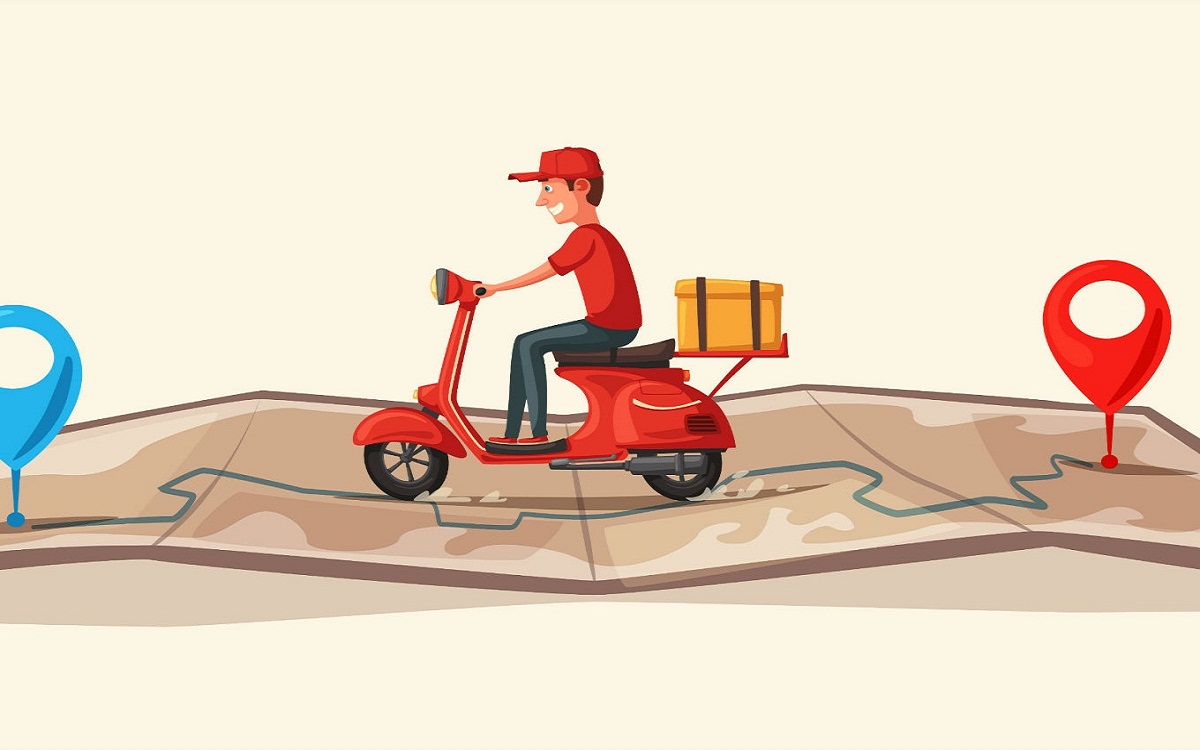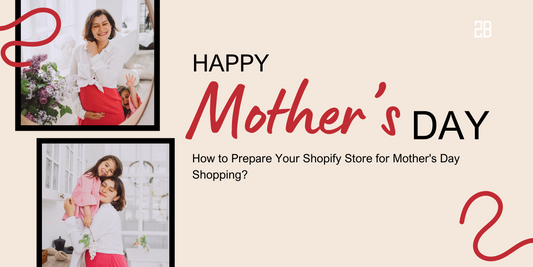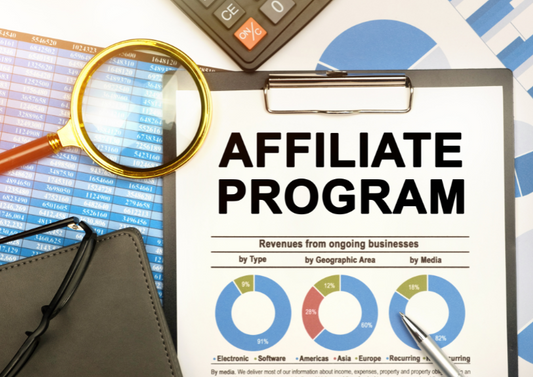Shipping plays an important role in retaining customers for an online shop. With the fact that the pandemic has changed how people go shopping and more than half of customers prefer locally owned business, Shopify Local Delivery service has appeared to connect with customers around and provide them with greater experience.
If you still find this service confusing, check this article below to know what Local Delivery is, and how it helps you and your business!
The Definition of Local Delivery
In general, local delivery is an alternative for carrier shipping and in-store shopping. In the situation in which social distancing is becoming a norm, local delivery is a good choice because there are increased delays for shipping carriers, while in-store shopping poses many risks to customers.
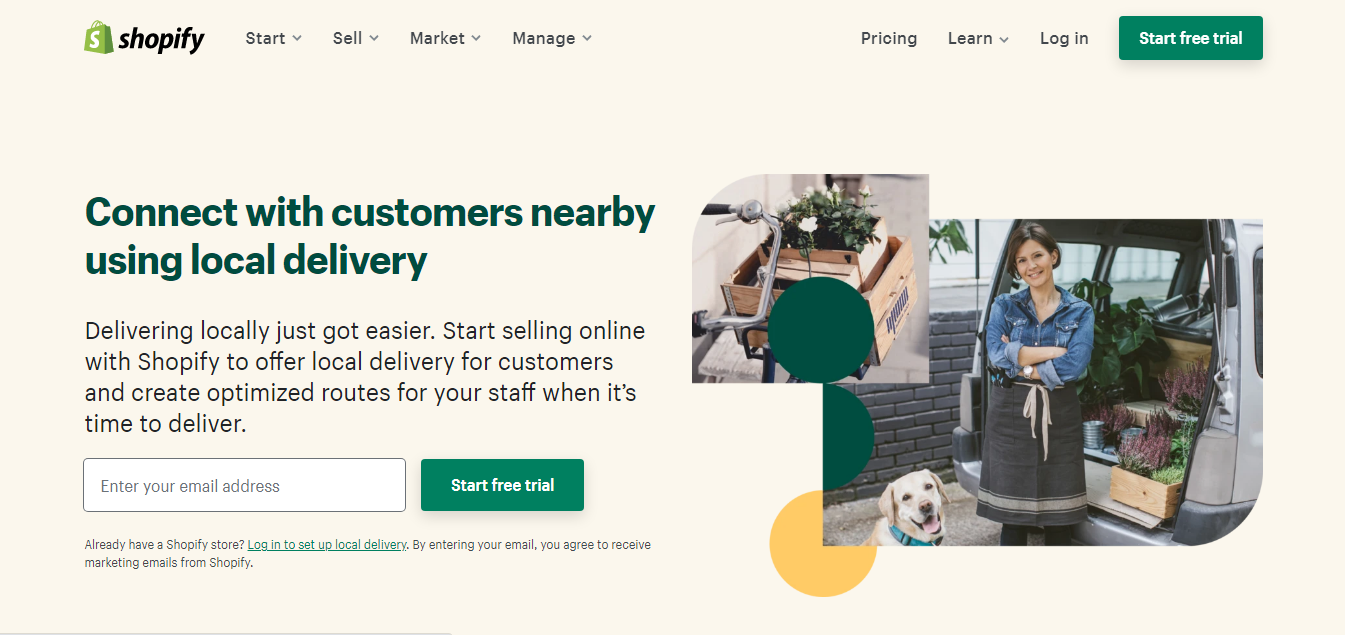
Benefits Brought About By Local Delivery
Foster Relationship With The Local Community
If you have already owned a brick-and-mortar store in your neighborhood and had a loyal customer base, local delivery is a great tool to maintain relationships with them. Moreover, adding this service might also attract new customers nearby for you and your store.
Improve Customer Experience
The growth of online shopping has led to an enormous problem: the shipping delay, especially during holidays. Shipping orders directly to local customers can avoid that situation, not to mention the fact that merchants can somehow manage the shipping costs instead of completely relying on shipping carriers.
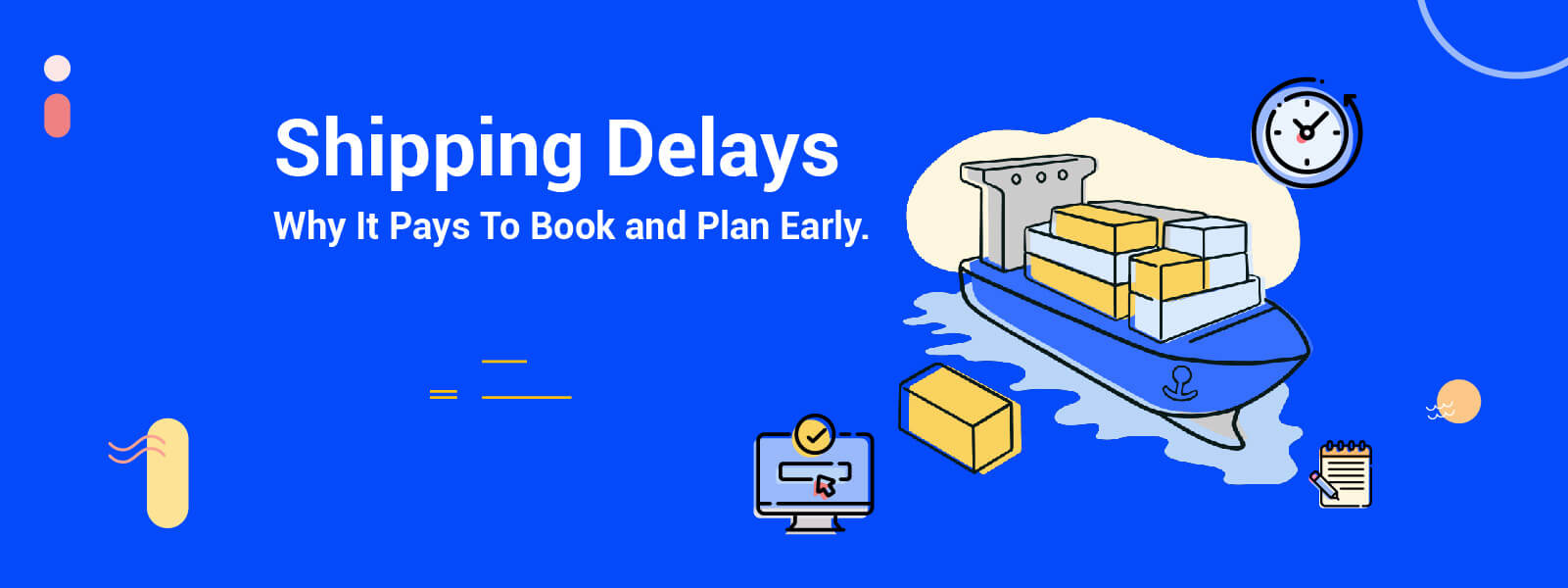
Boost Sales
According to a survey, when independent retailers offer local delivery or local pickup, shoppers will spend 23% more for this convenient ordering option. The reason lies in the fact that (1) customers want to support local business; (2) the price and delivery speed of local delivery is better than normal shipping; and (3) the service can create a personalized brand experience, like a personalized packaging insert and so on…
Q&A About Local Delivery
Question 1: Where Will You Deliver From?
Some merchants have brick-and-mortar locations, while some only operate online stores. You can offer delivery from a location, but you can also send orders from your staffs’ houses if they live closer to customers.
Question 2: How Far Will You Deliver?
You can have a list of which areas to and not to deliver, or you can set a radius around each location to determine your delivery areas. The larger the radius is, the more customers are eligible for local delivery. However, a larger radius is only suitable if you have support from your staff; otherwise, start small and gradually adjust when needed.
Question 3: How To Charge For Local Delivery Suitably?
Many businesses offer free shipping as a way to attract customers, but it’s not feasible when you have lots of costs to cover, such as delivery staff or gas/ petrol… The shipping fee will depend on two factors: the minimum cart value and the delivery price.
You can offer local delivery for orders above a particular value - we call it average order value (AOV). If the order value is higher than AOV, customers will enjoy free local delivery or delivery at a low cost. Chris’s Ice Cream, for instance, gives free local shipping for a minimum of $30 order.
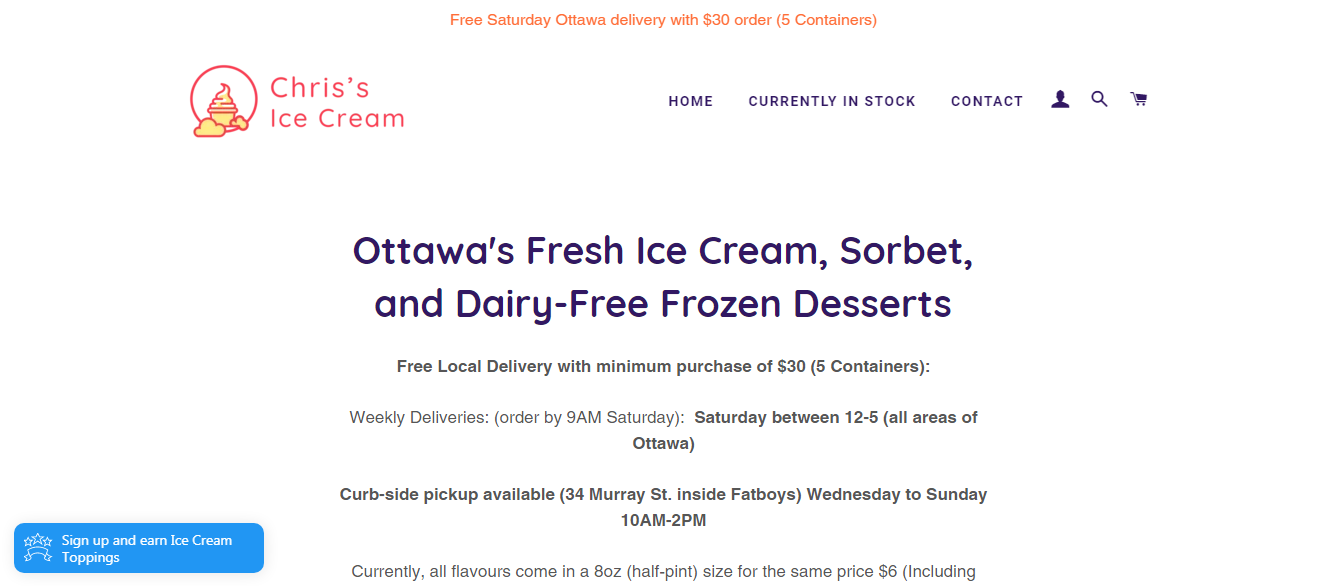
You can set a fixed price for every order within the delivery zone as well. The shorter distance will enjoy a lower price, while the longer one has a higher price. However, the fee still needs to be lower than carrier shipping and set based on the shipping time and shipping distance.
Question 4: When Will You Deliver The Orders?
If customers can receive their orders immediately, that’s great. But if you can’t deliver daily or can’t deliver when the order comes in, you can set a specific day and inform your shoppers about that.
Some of the most common options include same-day delivery, next-day delivery, or two (or three)-day delivery. Any longer time is unacceptable because shipping speed is one factor to attract customers using local delivery.
Question 5: How Will You Deliver The Orders?
Depending on locations and delivery zones, you can deliver orders by motor vehicles, by bike, or even on foot if the traffic is too heavy. If you experience a high volume of orders, you can even use third-party services like Postmates at a reasonable price.
Question 6: Who Will Deliver The Orders?
Once again, you can deliver yourself, use your staff, or even hire a third-party delivery service. No matter who it is, bear in mind that communication is very important: customers should be notified when the shippers are on the way. and if possible, provide them with an estimated delivery time.
